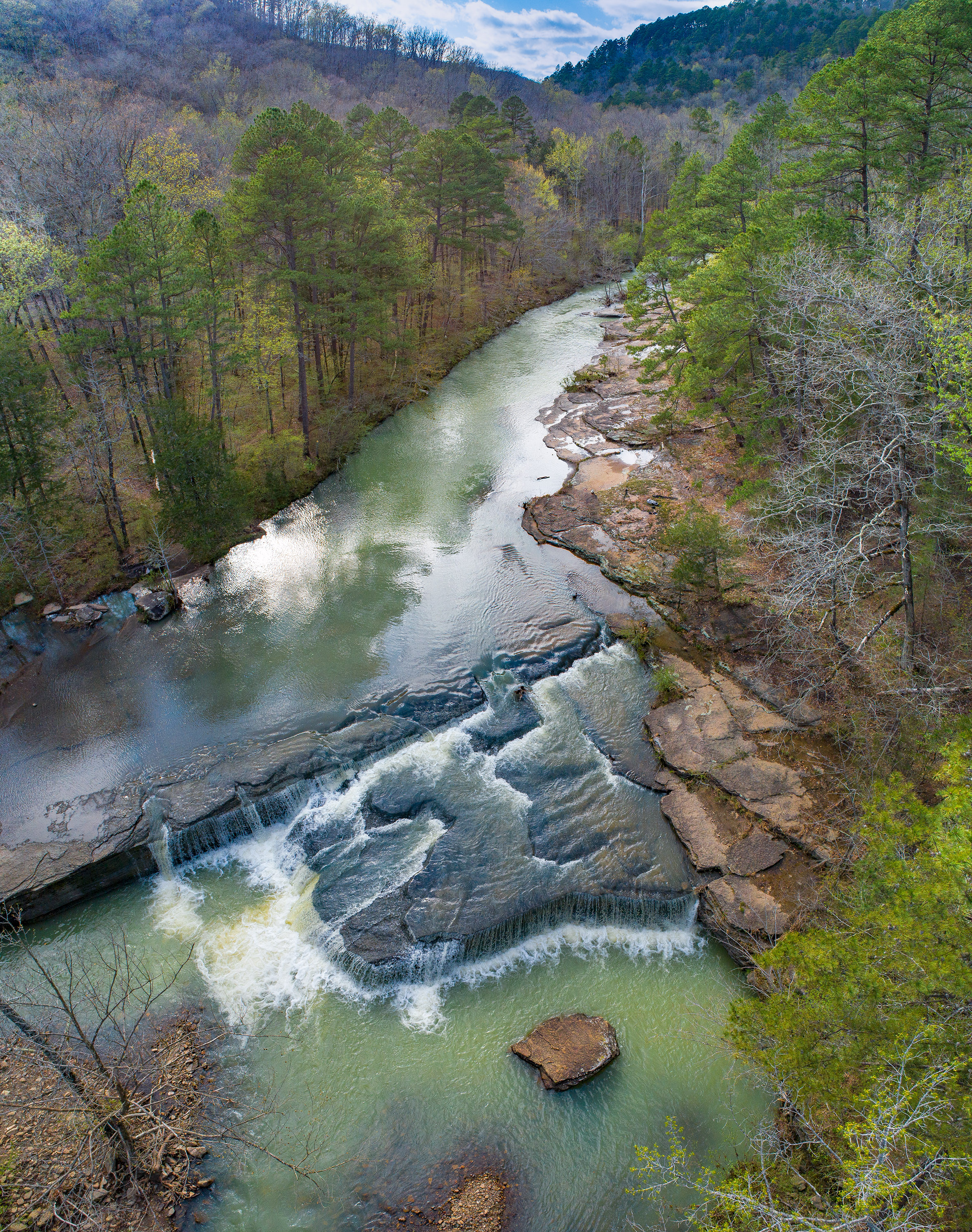Shoot raw, Shoot in AEB, 5 shot. You will throw out at least 1 shot, but this is the only way to get a -1.34 to +1.34 range of exposure. I don't feel the files have a lot of push even in raw (shadow recovery), maybe .5 of a stop. They do have a lot of of highlight recovery, thus exposure to the right is OK. With raw, you can control so much more in the post processing, (sharpness, WB, color, saturation, etc). Some of these can be altered with jpg, but you loose more than you gain.
Adobe Lightroom does a good job on the raw files as does Capture One. If you have Adobe CC, then ACR. LR pulls more noise out of the files than Capture One, but Light has a seemingly OK lens profile.
The Spark has no focus, i.e. it's dialed into infinity. Spark's jpg engine IMO adds more saturation to the jpgs. However the Spark's jpgs will suffer in shadows, as the Spark applies way to much noise reduction and creates painterly looking shots.
Phantom 4 Pro has focus and you do need to focus it for max sharpness.
With an iPad or iPhone, with djigo4, you cannot see anywhere enough detail to focus a shot manually unless you are shooting up close. I use AF hit a spot off in the distance, then switch back to MF and stay there.
The camera does very good up to F 6.3, I try to stay in the F 4.0 to F4.5 range as diffraction will start to show up even at F6.3. Both of my P4 drones have a bit of corner softness, lower right on 1 and lower left on the other. But I usually can get around it.
As I understand it, you get the most resolution MP in the 3:2 ratio, however I set the chip to 4:3 as I do a lot of panos and the edge distortion is pretty harsh on the P4 camera (retrofocus distortion which makes pano create a bit more difficult).
The camera works well with a polarizer only, Tiffen makes such a filter, it's a bit heavy, but the gimbal will tolerate it. With the Polarpro ND/CL, I have a lot of trouble with AF and often the camera mis-focuses. But polarization helps a lot depending on the angle to the sun.
Files take a bit of work, but there is a lot of head room in the raws and end results can be very pleasing.
Here is a 3 part V pano, P4. Taken in Raw.








